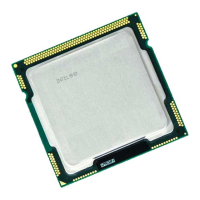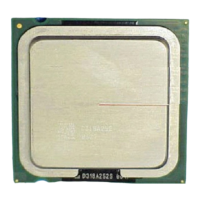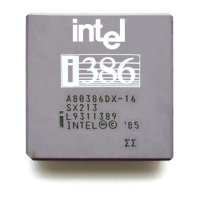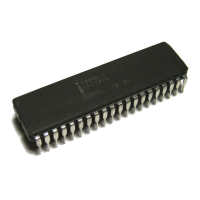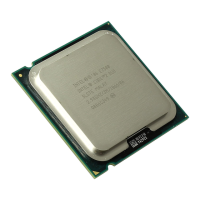Thermal/Mechanical Reference Design
30 Dual-Core Intel® Xeon® Processor 5100 Series Thermal/Mechanical Design Guide
Once the T
CONTROL
value is determined as explained earlier, the DTS temperature
reading from the processor can be compared to this T
CONTROL
value. A fan speed
control scheme can be implemented as described in Table 2-7 without compromising
the long-term reliability of the processor.
There are many different ways of implementing fan speed control, including FSC based
on processor ambient temperature, FSC based on processor Digital Thermal Sensor
(DTS) temperature or a combination of the two. If FSC is based only on the processor
ambient temperature, low acoustic targets can be achieved under low ambient
temperature conditions. However, the acoustics cannot be optimized based on the
behavior of the processor temperature. If FSC is based only on the Digital Thermal
Sensor, sustained temperatures above T
CONTROL
drives fans to maximum RPM. If FSC is
based both on ambient and Digital Thermal Sensor, ambient temperature can be used
to scale the fan RPM controlled by the Digital Thermal Sensor. This would result in an
optimal acoustic performance. Regardless of which scheme is employed, system
designers must ensure that the Thermal Profile specification is met when the processor
Digital Thermal Sensor temperature exceeds the T
CONTOL
value for a given processor.
Figure 2-12. T
CONTROL
and Fan Speed Control
T
CASE
MAX
T
CASE
P
_PROFILE_MIN
T
CASE
MAX@
P
_PROFILE_MIN
Power
TDP
Thermal Profile
T
CASE
@DTS=
T
CONTROL
②
①
Fan Speed Control Region
T
CASE
MAX
T
CASE
P
_PROFILE_MIN
T
CASE
MAX@
P
_PROFILE_MIN
Power
TDP
Thermal Profile
T
CASE
@DTS=
T
CONTROL
②
①
Fan Speed Control Region
Table 2-7. Fan Speed Control, T
CONTROL
and DTS Relationship
Condition FSC Scheme
DTS≤ T
CONTROL
FSC can adjust fan speed to maintain DTS = T
CONTROL
(low acoustic region).
DTS>T
CONTROL
FSC should adjust fan speed to keep T
CASE
at or below the Thermal Profile
specification (increased acoustic region).
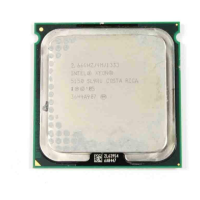
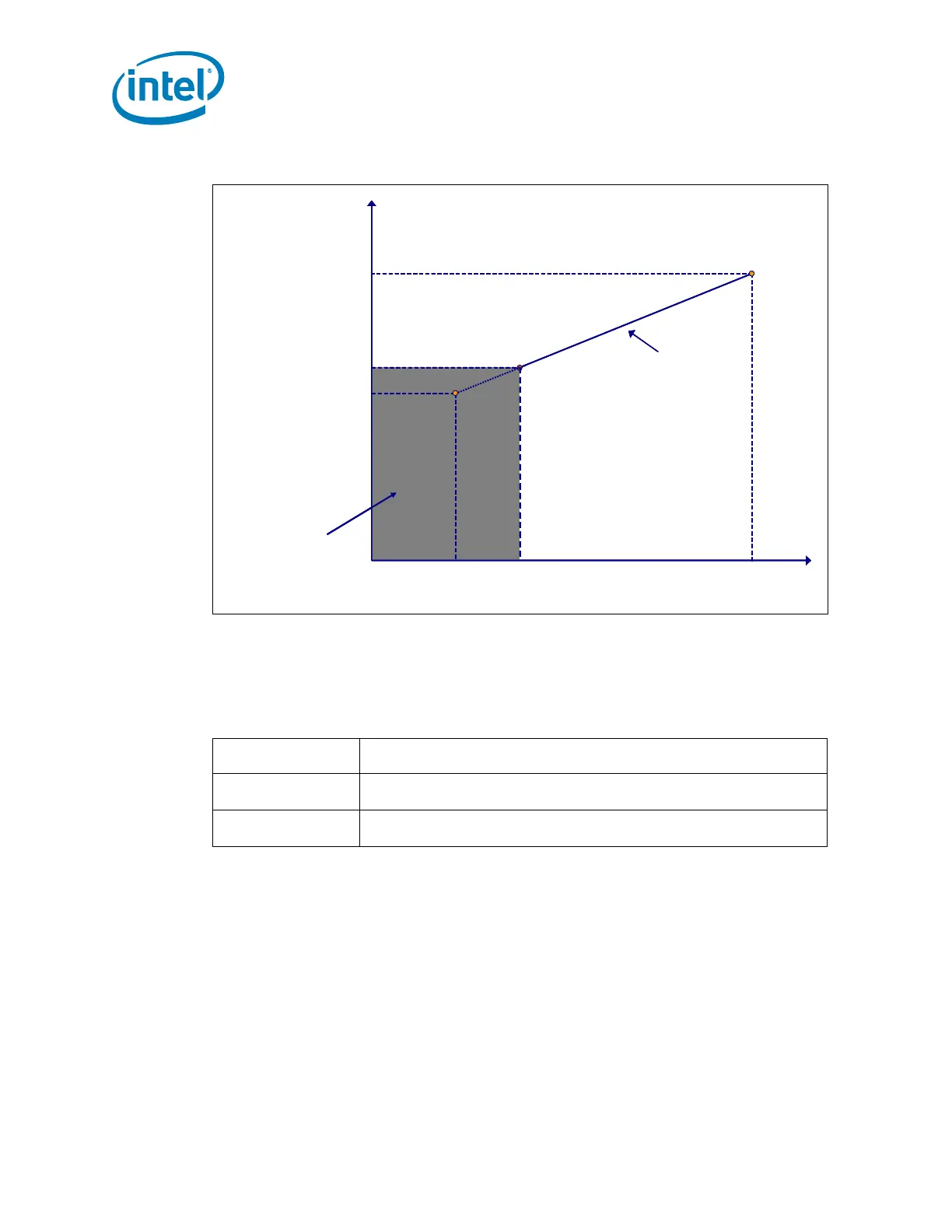